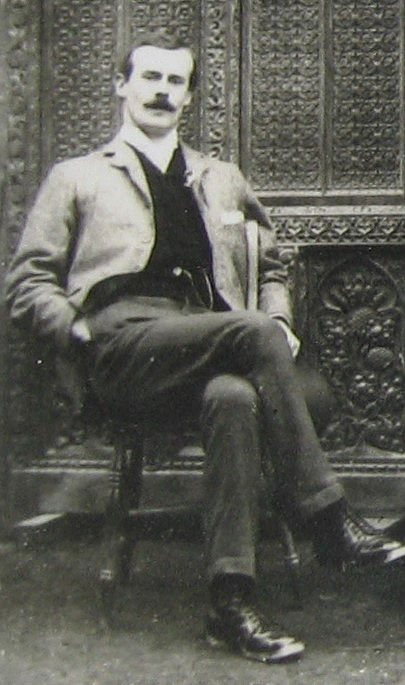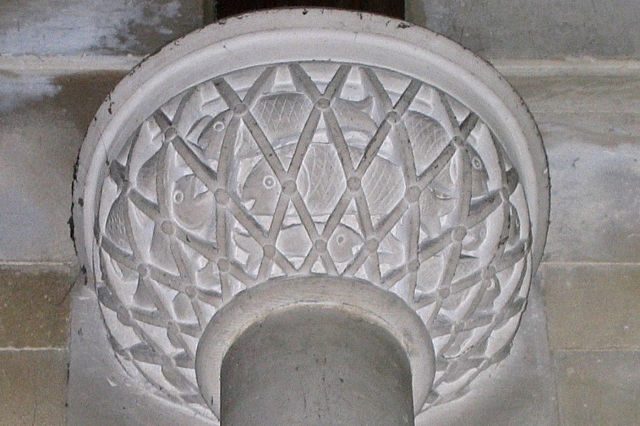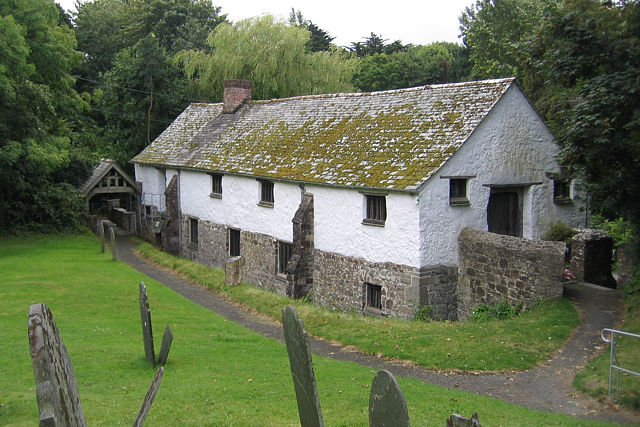Edmund H. Sedding (1863-1921)

Architect Edmund H. Sedding was probably the most influential figure in the history of the Pinwill woodcarving business, outside the immediate family. He was responsible for most of the early commissions that established the reputation of Rashleigh, Pinwill & Co. It could even be said that he was willing to risk his own good name as an architect in order to gain theirs as woodcarvers.
The family and upbringing of Edmund H. Sedding predisposed him to his choice of career as well as his religious sensibilities. His father Edmund and uncle John Dando Sedding both became architects, but the church was another highly significant dynamic in their upbringing. The Oxford or Tractarian Movement, the antecedent of Anglo-Catholicism, was fully embraced by the family. Edmund and John Dando were articled to the office of the architect G.E. Street, the best possible start for aspiring architects smitten by Gothic Revival as an expression of the re-awakening of Anglo-Catholic belief. The practice was also a foundation for ideas that led to the principles embedded in the Arts and Crafts Movement, training future luminaries such as Philip Webb, William Morris (briefly) and R. Norman Shaw.

After Edmund’s early death, John Dando moved to London in 1875 and came under the influence of John Ruskin. Before too long, he was able to call upon the finest artists and decorators of the period, including Burne-Jones, William Morris, Gabriel Rossetti and Ford Madox Brown. He located his London office at 447 Oxford Street, next door to Morris & Co. Not surprisingly, Sedding’s practice is often described as the birthplace of the Arts and Crafts Movement.
It was into this milieu that young Edmund H. Sedding entered to train as an architect under his uncle. Over just a few years, John Dando built a strong team of trainees and assistants. Edmund thrived in the ‘feverish activity’ of the office, forming friendships with future artist-craftsmen, such as Henry Wilson, and Ernest Gimson, who established a radical Arts and Crafts workshop in the Cotswolds.

After his uncle John Dando died in 1891, Edmund made the decision to set up his own architectural practice in Plymouth. He gradually established a reputation as a careful and insightful restorer of ancient churches. At the same time, he was influenced by evolving ideas within the Arts and Crafts Movement and embraced the freer, more naturalistic style, beautifully interpreted in carvings by the Pinwill sisters.
From about 1910, Sedding’s abilities as an architect were curtailed when his eyesight began to fail, and by 1917 he was almost blind. Yet in the last years of his life he worked as hard as ever, taking into partnership first Reginald F. Wheatly and then Basil T. Stallybrass. Perhaps one of his greatest achievements during this period was at Poundstock, where he is credited with a meticulous restoration of the Gildhouse in 1919. Edmund H. Sedding died on 21 February 1921 at The Hostel of God, Clapham Common, London, at the age of 57. His funeral and interment took place at Crantock, Cornwall, attended by his family and a few friends, including Reginald F. Wheatly and Violet Pinwill.
A more detailed biography of Edmund H. Sedding has been published by Helen Wilson and he features strongly in her book From ‘Lady Woodcarvers’ to professionals: The Remarkable Pinwill Sisters.